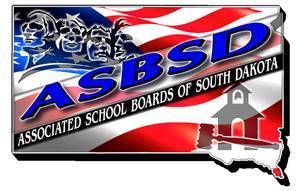House Education committee members elected to defer two bills proposing K-12 grant programs to the 41st legislative day at this morning’s (Monday) bill hearings.
House Bill 1119 would have established a school-to-work grant program using $300,000 from the general fund for students who may not pursue a secondary education. House Bill 1133 would have provided $500,000 to $1 million from the general fund, estimated by bill sponsor Rep. Scott Munsterman (7), for school districts using innovative education practices.
HB 1119 fell by a 10-5 vote and HB 1133 at 12-3.
“The intention of each bill is appreciated,” Executive Director Wade Pogany said. “However, the fact remains school districts are severely underfunded and any money taken out of the general fund to do anything but give dollars to the bottom line is not feasible right now.”
Rep. Kathy Tyler (4) sponsored HB 1119 and said she related to the position of school districts.
“As a former school board member, I understand where the general funds (for schools) come from or the lack thereof,” Tyler testified before the committee.
Pogany said the grant programs are great ideas helping advance the conversation on school funding. He believes the discussion needs to shift to finding an ongoing funding source or increasing the current formula.
“We’re headed in the right direction,” Pogany said of the funding conversation. “Now, legislators and educators need to sit down and hammer out a sustainable funding plan.”
Two bills that would no doubt improve the current K-12 funding situation will have hearings on Wednesday in front of the House State Affairs committee.
House Bill 1201 calls for an increase to the per-student allocation dollar amount for the next three years to balance the “funding shortfalls” school districts have incurred. For the 2014 fiscal year, the PSA would be set at $4,802 an increase of almost seven percent from this year and for 2015 at $4,978 and at $5,154 in 2016, after which returning to three percent.
In addition to PSA increase bill, House Bill 1202 calls for the yearly percent adjustment for K-12 education change from three percent to four percent.
Check the ASBSD blog later this week for updates.
